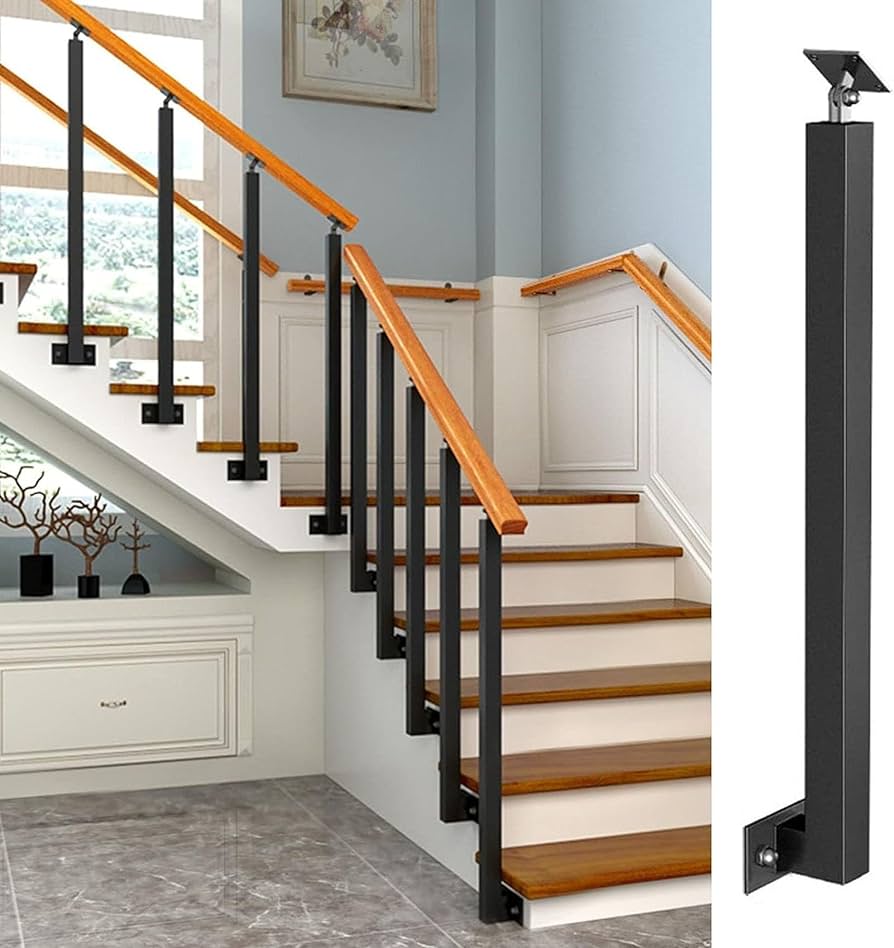Interior railings serve as essential safety features in homes and commercial spaces, but they also contribute to the overall aesthetic appeal of the interior design. This document provides a comprehensive guide to understanding and selecting the right interior railings for various spaces.
Types of Interior Railings
Various types of interior railings are available to suit different styles and needs. Some common types include wooden railings, glass railings, metal railings, and cable railings. Each type offers unique characteristics and design possibilities that can enhance the overall look and feel of a space.
- Wooden railings
- Glass railings
- Metal railings
- Cable railings
Materials Used for Interior Railings
Interior railings can be crafted from various materials, including wood, glass, metal, and composite materials. Each material has its own set of benefits and considerations, making it essential to understand the characteristics of each material before making a selection.
Design Options for Interior Railings
The design options for interior railings are vast, ranging from traditional to contemporary styles. Details such as baluster patterns, handrail profiles, and post designs can significantly impact the overall aesthetic and functionality of the railings.
Traditional Design: Intricate baluster patterns and ornate wood details
Contemporary Design: Clean lines, metal or glass materials, and minimalistic features
Craftsman Style: Natural wood with simple and elegant designs
Maintenance and Care of Interior Railings
Maintaining interior railings is vital for preserving their beauty and ensuring safety. Regular cleaning, inspections, and minor repairs are essential to keep the railings in top condition.
Cleaning Routine
Regular dusting and occasional washing with mild soap and water
Inspection Checklist
Periodic checks for loose fittings, rust, or damage
Minor Repairs
Timely fixing of loose screws, painting touch-ups, or glass panel replacements
Conclusion
Interior railings are not only functional but also key design elements that contribute to the overall style and safety of a space. Understanding the types, materials, designs, installation practices, maintenance, and safety considerations can help individuals make informed decisions while enhancing the aesthetics and functionality of their interior spaces.





Comments